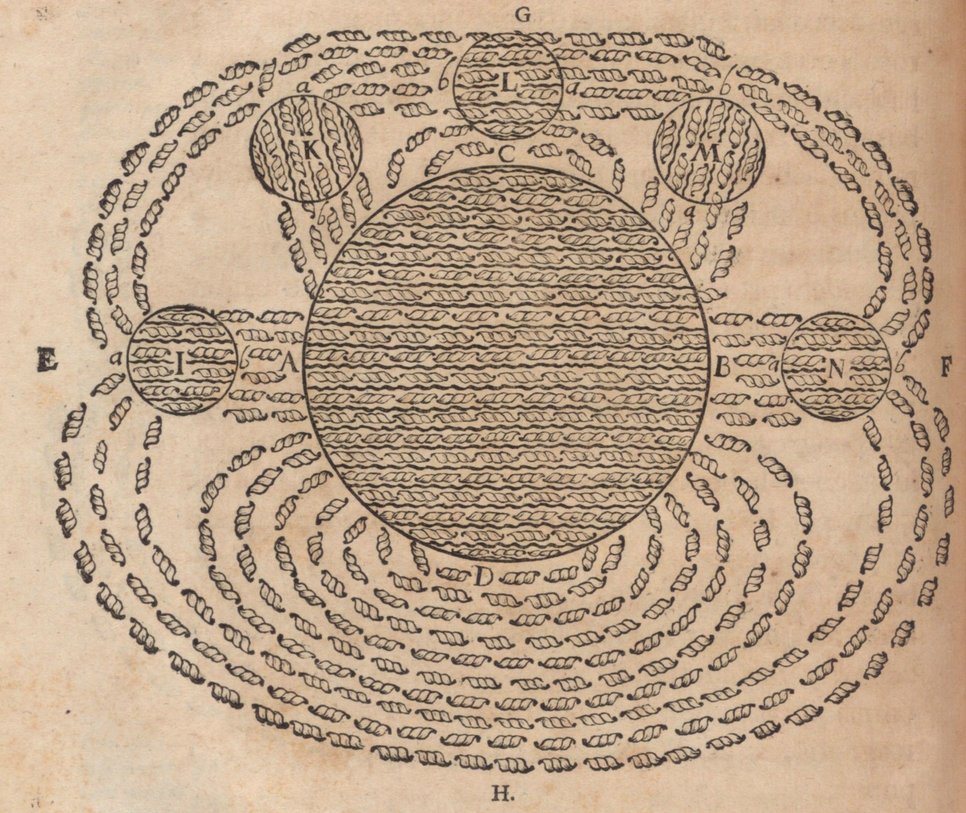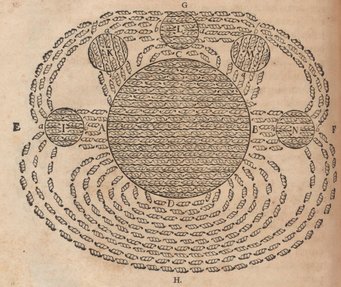Diagrams in Early Modern Science: the Case of Magnetism

René Descartes' mechanistic vision of terrestrial magnetism from his Principia philosophiae, Amsterdam 1644.
This project investigates the production, typology and use of diagrams in early modern science. As a case study it shall be focused on pre-modern (1300–1650) attempts to visualize magnetism through diagrams, serving as a blueprint for other historical fields of research.
After centuries of predominantly logical and semantic analysis in natural philosophy, the early modern period developed novel forms of diagrammatic visualization and novel techniques of their material production. As a result, diagrams became "a major tool of science in the European Renaissance" (Martin Kemp 1997). But what historical scholars actually meant by 'diagram', which visual means they employed that can be labelled as 'diagram' from a modern perspective, and what these diagrams were used for remains yet to be explored. Approaching these questions will include reflections about the media 'carrying' the diagrams, about the role of printers and artisans, about the interplay between text and diagram, but also takes into account the conceptual sets of the underlying theories as well as the practices or functions which diagrams were used for.
Why the case of magnetism? This field of research turns out to be one of the most significant contributors to early modern diagrammatic reasoning. Like modern physics textbooks, early modern treatises neither depict pieces of magnetic iron ore but instead try to render visible experimental findings about the invisible physical properties of magnets. As a consequence, 'magnetism' presents one of the earliest cases where experiments, instruments, machinery, mathematical calculations, and geometrical abstractions were organized and presented in diagrams, which displayed not only geometrical relations but also physical objects and forces.
